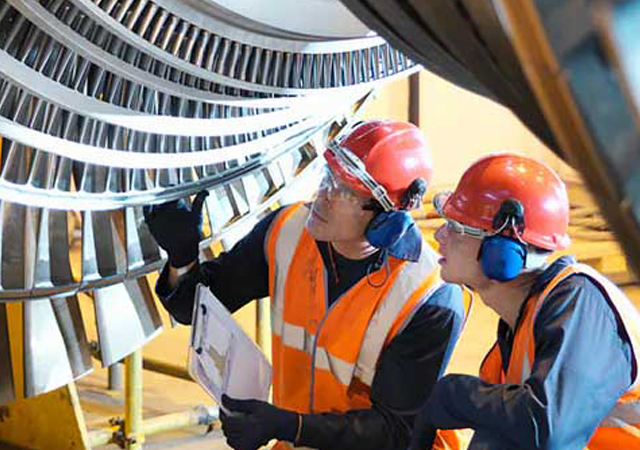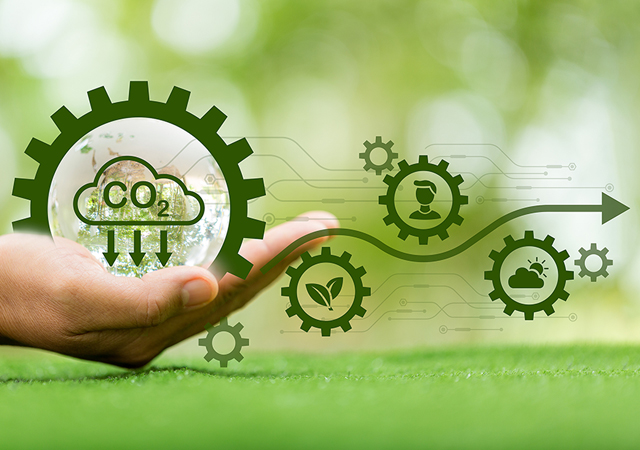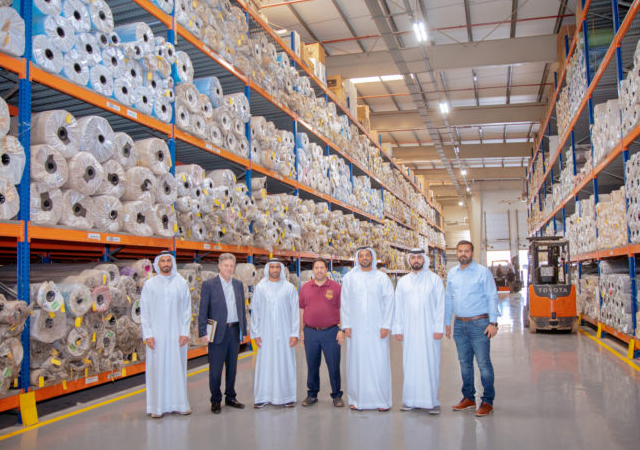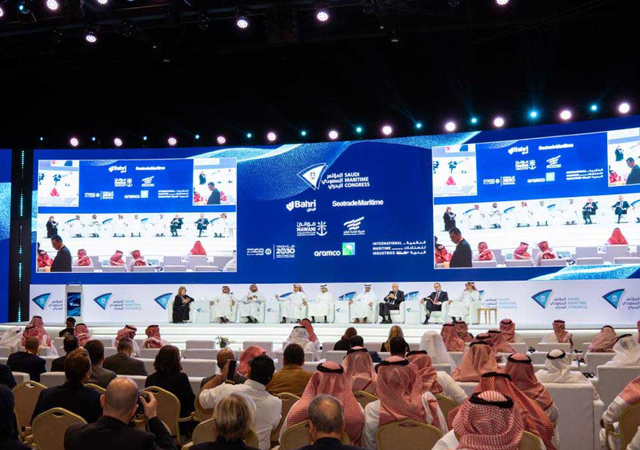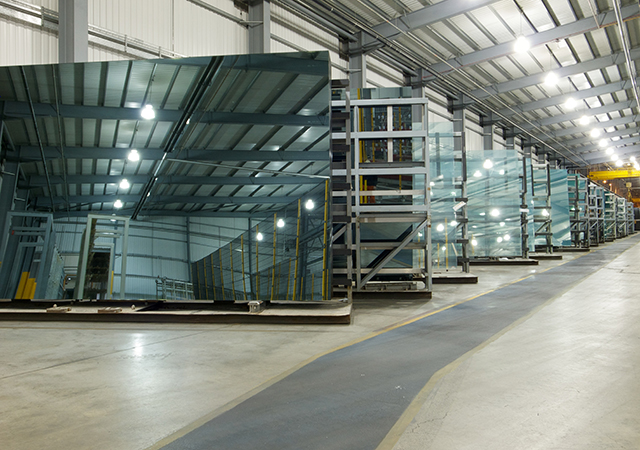
 Brian Whittaker/Bigstock
Brian Whittaker/Bigstock
Glass is a crucial material in everyday life, used in various industries like retail, transport, and home. However, its production can be environmentally damaging, causing energy consumption and waste generation. This has led to increased interest in sustainability in glass manufacturing. MiGlass, one of Europe's largest independent glass processors, explores ways to make glass manufacturing more sustainable.
Glass production is a resource-intensive process that requires significant amounts of energy, raw materials, and water. Additionally, the manufacturing process can result in the release of pollutants into the air and water. If these emissions are not kept under control, the pollutants can have a significant impact on the environment and, in turn, the health of those around them, according to MiGlass.
One of the biggest concerns with glass production is the amount of energy required to heat the raw materials to the high temperatures needed for melting. This energy is typically generated by burning fossil fuels, which contributes to greenhouse gas emissions and climate change.
Another significant environmental concern is the use of raw materials. Glass is primarily made from silica, which is a finite resource that is becoming increasingly scarce. The mining of silica can also have a detrimental impact on the environment, as it can lead to deforestation and the destruction of natural habitats.
MAKING GLASS MANUFACTURING MORE SUSTAINABLE
The good news is that the manufacturing process can be made more sustainable to lessen these effects over time. There are several ways this can be done, one of the most effective is to use more recycled glass in the production process. Recycling glass reduces the need for new raw materials, reduces energy consumption, and reduces the release of pollutants into the environment.
The report states that another way to improve the sustainability of glass production is to use alternative energy sources. This can include solar, wind, and geothermal power, which do not produce greenhouse gas emissions and do not contribute to climate change.
A further strategy that can be used to make glass production more sustainable is the use of advanced technologies. For example, new glass manufacturing techniques, such as vacuum-assisted processes, can significantly reduce the energy required to melt the raw materials. In addition, some glass manufacturers are taking steps to reduce their greenhouse gas emissions by implementing best practices in energy management and implementing emissions-reduction technologies.
CHALLENGES IN ACHIEVING SUSTAINABILITY IN GLASS MANUFACTURING
Despite the progress that has been made in increasing sustainability in glass manufacturing, there are still several challenges that need to be addressed.
MiGlass reveals that one of the biggest challenges is the limited recycling infrastructure in some countries, which makes it difficult to recycle glass and reduce the demand for raw materials.
Another challenge is the high energy requirements of the glass manufacturing process, which makes it difficult to reduce energy consumption and emissions.
Finally, the limited availability of renewable energy in some regions also poses a challenge to the implementation of renewable energy in glass manufacturing facilities.
Glass manufacturing is undergoing sustainability measures to reduce environmental impact and ensure long-term access to essential materials. However, challenges like limited recycling infrastructure and renewable energy availability need to be addressed, highlights MiGlass.
GLOBAL GLASS STATISTICS
The glass market is valued at billions, with production numbers reaching a significant level. According to Statista, the global market value of flat glass is expected to exceed £400 billion by 2030. This type of glass is used in glass doors, windows, windscreens, and transparent walls.
The demand for flat glass is projected to increase from 11.2 billion square meters to 14.3 billion square meters, representing an average annual growth rate of 4.9 per cent.
Glass bottles and containers are expected to reach 916 billion units globally by 2028, emphasising the importance of glass packaging. The production process relies on several raw materials, with silica sand (SiO2) being the most common at 71 per cent and soda (Na2O) at around 14 per cent.
China is the world's largest glass exporter, with an export value of nearly £27 billion. It also holds a significant position in the global market, contributing to over a quarter of worldwide glass and glassware exports. The US is the world's largest glass and glassware importer, with an import value of £9.8 billion.
Link : https://www.miglass.com/sustainable-glass-production/


